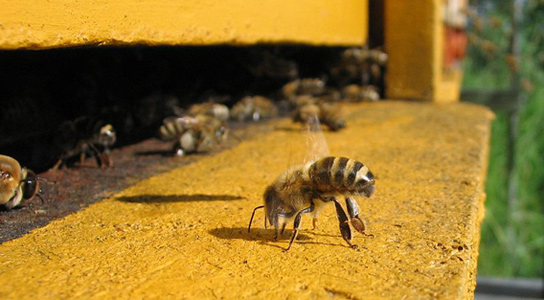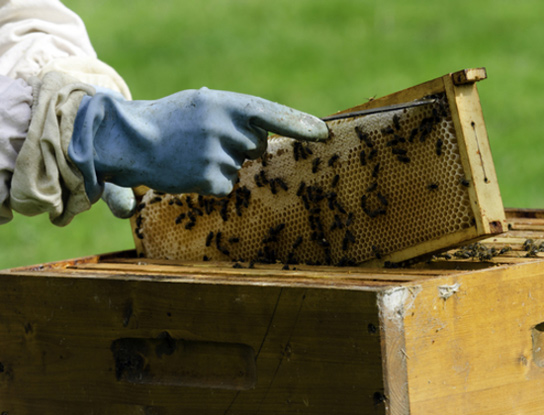Entomologists Recreate Colony Collapse Disorder That Affects Bee Populations Worldwide
April 9, 2012

At the Harvard School of Public Health (HSPH), scientists have been trying to recreate the mysterious Colony Collapse Disorder that has been affecting bee populations worldwide. CCD is yet largely unexplained and millions of bees were lost in recent years. Bees are a very important part of the pollination process in crops worldwide.
Two new studies published last week in the journal Science link Colony Collapse Disorder to neonicotinoid pesticide. They started by giving honeybee hives small doses of the pesticide imidacloprid, which is a neonicotinoid. Neonicotinoids have now been proven to be the major player behind the CCD, not disease or mites.

Neonicotinoid pesticides targets insects’ central nervous system, but does not instantly kill bees. Apis mellifera, the western honeybee, was tested with small amounts of these pesticides and after 23 weeks, 15 of the 16 hives treated with imidacloprid underwent CCD.
Neonicotinoids put huge stress on the survival of honeybees in the environment, states lead author Chensheng Lu, associate professor at the HSPH, and imidacloprid is the likely culprit of CCD. The mechanism of delivery of this pesticide is linked to high-fructose corn syrup that bee-keepers have been using to feed their bees. US corn has been sprayed with imidacloprid since 2004. A year later, there was the first outbreak of CCD.
Relatively small amounts of imidaclorpid, 20 parts per billion, are enough to lead a hive to CCD within 6 months. Buff-tailed bumblebees (Bombus terrestris) were exposed to imidacloprid by a UK team. Within 6 weeks, the affected colonies were 8-12 percent smaller and had 85% fewer queens.
Another study from France showed how neonicotinoid pesticides eventually lead to CCD. Neonicotinoid pesticides weaken the bees’ homing abilities, allowing them to get lost and perish instead of returning to the hive. This explains why most hives were found empty of worker bees.
No comments:
Post a Comment